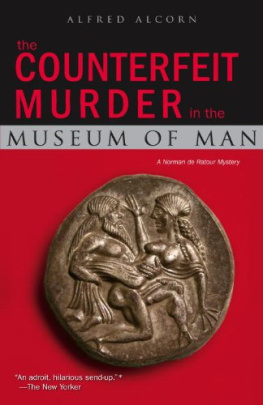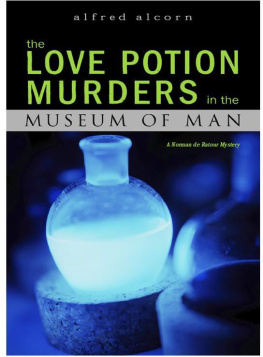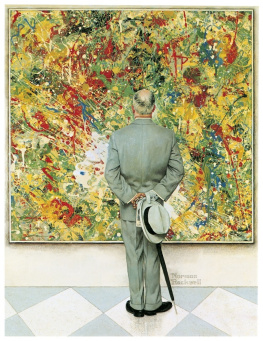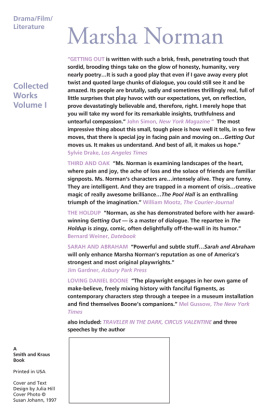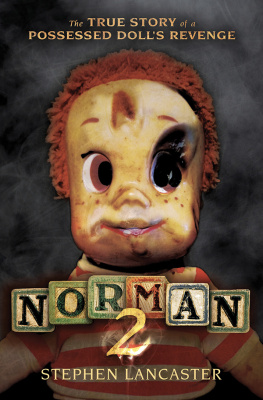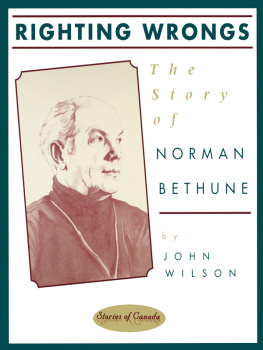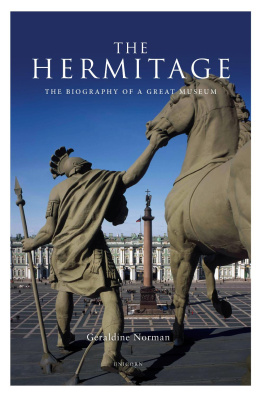It struck me as strange the way the car had been left there, not quite aligned on the rough road separating the museums parking lot from that of the Center for Criminal Justice. It looked like it had come to a stop rather than having been stopped. And while I usually mind my own business in such matters, I went over with Decker, our black retriever, to investigate.
The closer I approached the vehicle, the more I sensed something amiss. It might have been Decker, straining at the leash and making those low whines that from a dog sound so articulate. The car itself, oddly familiar to me, didnt quite fit the scene. It was a sleek late-model maroon Jaguar, so polished that I could clearly see in its brilliant surface the reflection of my own tall figure and that of the straining dog. Indeed, as I drew closer, I could discern the features of my face, my thinning hair a bit mussed, my pale eyes quizzical above the rather too prominent nose, my mouth resigned to apologize for intruding on, say, some vehicular lovemaking.
I remember it all in vivid detail the crunch of gravel underfoot, the midmorning, early-May air moist and bright, the breeze just strong enough to be chilling, the mottled forms of the scattered maples in the chartreuse effusion of their leafing sliding up the mirroring window as I moved closer. I remember especially my own audible gasp of incredulity as the glass of the car shifted from reflective to transparent and I looked in at the body of a middle-aged man slumped over the wheel, a patch of dried blood on his prominent temple where the bullet had gone in. From the swept-back iron-gray hair and from the strong jaw, I recognized the still-impressive form of Heinrich von Grmh.
Shading my eyes, I peered around the front seat area but noticed nothing out of the ordinary. I resisted an impulse to open the car door, to reach in and try to render assistance. Because I was sure he was beyond help from the utter stillness of his body, from the bemused stare of the opened eyes, and from that sense of how each dead person holds inviolate within the mystery of life.
I backed away, talking to Decker. Come on, boy. We need to call Lieutenant Tracy.
And so, with a sharp sense of urgency, with a world-weary sigh, and with a quickening of the blood as the hunt begins, I opened the mental notebook I keep ready and began to take notes, to begin, however unofficially, an investigation into another apparent murder here at the Museum of Man.
To be frank, as director of the museum, one of my first concerns, ignoble as it may sound, was for the adverse publicity a murder on the premises would engender. Strictly speaking the murder of Heinrich Heinie von Grmh did not occur on museum property, but in an area between the two parking lots, a kind of access right-of-way that only nominally belongs to the MOM. More to the point, Heinie served as Honorary Curator of Numismatics in the museums small but exquisite collection of Greco-Roman coins and had proved a generous contributor over the past few years. It didnt matter. As director of the MOM, I would be involved. There was to be no shirking this responsibility.
Though loath to leave the vehicle and its very still occupant unattended, I turned to go up to my office to call the police. Were I more of my time, I would have been carrying one of those pocket phones people are incessantly talking into in the most noisome way. But I have never been much of a phone person, preferring in solitary moments to converse with myself rather than with others, that is, to think.
My office occupies a corner on the fifth floor of the magnificent old pile dating from the nineteenth century that houses the museum. As I walked toward its gentle, redbrick conflation of Gothic and Romanesque styles, I felt that once again it had become haunted by evil. Once again, somehow, somewhere, a murderer lurked among the ancient galleries and oaken cabinets full of priceless objects. Or in among the state-of-the-art, highly digitized premises of the Genetics Lab, which is part of the museum and the crucible of so much mischief.
I took the rattling elevator up to my office, put through a call to Lieutenant Tracys private number, and left a message. I was scarcely back downstairs and heading across the deserted parking lot, it being relatively early on a Sunday morning, when the first cruiser came careering off Belmont Avenue like a blue flashing banshee and headed straight for the death car.
As I approached on foot, I was appalled to see the two uniformed officers charging around the vehicle in a way that would have compromised any clues left in the surrounding gravel. One of them, a brash-faced young man with a waxed crew cut, looked up as I drew near and said, This is a crime scene. You cant hang around here.
I stopped well short of the car and replied, Im the one who called it in. And if I do say so, I think you should both stand back and wait until Lieutenant Tracy and the crime scene unit arrive.
They both huffed and puffed at me for a moment, but they knew I was right and withdrew rather gingerly to stand at a distance. One of them, rather portentously, told me I should wait as well, to give a statement if nothing else. I replied that it was exactly what I intended to do.
More sirens sounded presently, and it wasnt long before an unmarked sedan with one of those stick-on roof flashers pulled up and Lieutenant Tracy got out and came over to me. We shook hands and exchanged pleasantries. It was the first time I had ever seen him in casual clothes chinos, sneakers, and a wind-breaker over a turtleneck jersey. He then approached the Jaguar, but carefully, and peered inside. He conferred briefly with the two officers before returning to me.
Decker sniffed and wanted to lick him, but I kept the leash tight.
Anyone you recognize, Norman? he asked.
The real estate developer Heinrich von Grmh, I said. Hes also one of our honorary curators.
The lieutenant looked at me and shook his head. What is it about this place, anyway?
His reference to a series of bizarre and unsavory murders at the museum gave me an inner wince. I managed a shrug. Its the last thing we needed.
When the crime scene crew pulled up with their new van and began unloading technical gear, Lieutenant Tracy accompanied me into the museum. It being a Sunday, there were plenty of visitors in the galleries, but backstage it was deserted as we took the elevator. When we got to my office, the police officer, an old friend by now, took a moment to gaze westward toward the Hays Mountains and then to the north, to Shag Bay and the breeze-brittled water dotted with the taut sails of pleasure craft.
A beautiful day, he said, sounding a rueful note as we got down to business.
He sat in front of the desk, and I pulled open the drawer where I keep files on all our curators, actual or honorary. I took out that of Heinrich von Grmh and slid it across to him.
One of Seaboards richest men, if not the richest, I said.
Old or new money? He was writing, taking down address and telephone numbers.
Both. He inherited Groome Securities from his dad, Albrecht Groome. The old man anglicized the name when he came here in the midthirties, a Gentile refugee from Hitler. Heinie, Heinrich, was something of a snob. He Germanized the name back to its original and added the von. He claimed he found it while climbing around in the family tree. He never tired of telling people you pronounced it fon. People began to call him Fonny, which elided easily enough into phony. My own father I trailed off, not wanting to go into family history. Anyway, Heinie, as he was usually called, sold the firm for a very good price and went into the real estate
Next of kin?
That would be Merissa, Merissa Bonne. His wife. His third wife, actually. Shes considerably younger. My wife Diantha and Merissa know each other. I think you could call them tennis friends.

